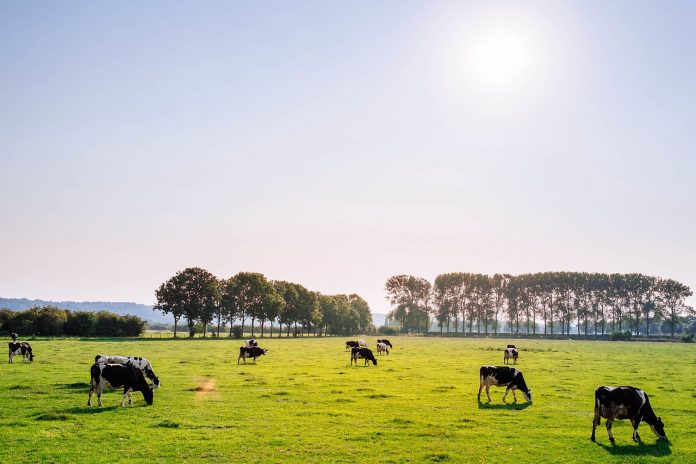The drought conditions that are persisting across much of the state this summer have added challenges in forage and water management for many livestock producers.
Most in my area have been feeding hay since the beginning of August, and only a few weeks ago received just enough rain to briefly allow brown, dormant pastures to perk up before deteriorating once again.
Whatever your situation, producers should be careful not to let livestock overgraze pastures before winter dormancy occurs.
The temptation to let animals repeatedly graze forages close this fall will be increased since many producers only had a decent first cutting hay production and no second cutting to speak of.
Some may think leaving livestock on the pastures to harvest all the green grass that is there will decrease the amount of hay necessary to get through the winter-feeding period and make it to spring turnout.
However, repeatedly grazing grass plants to a very short height before winter dormancy may greatly reduce production in the spring and require more total hay to be fed since spring growth will be much slower. It’s time to start playing the long game, folks.
Fall growth is a critical time in a perennial grass plant’s production because it is the beginning of growth stages of next year’s plants.
Without going into great detail of a plant’s life cycle, we need to remember that the crown of the plant and portions of the root system remain active throughout the winter using carbohydrates that were stored in the roots during the last days before dormancy.
At grazing meetings, we frequently talk about rest periods for forage plants after livestock or machinery defoliate the plants. This is to allow plants time to regrow leaf material and recharge or store carbohydrates (plant food) in the roots. Plants that are heavily defoliated regrow from root reserves until the plant re-rows adequate leaf surface to gather sunlight again. Photosynthesis takes over then to provide needed carbohydrates for growth and any additional production that occurs is stored in the roots and crown of the plant for future use.
Remember, though, no storage occurs in the roots until enough leaf growth takes place to provide energy for the new top growth.
This process, or portions of it, is repeated several times during the growing season if the plants are permitted enough time for the whole process to take place and not be cut short by grazing too soon. Grazing too soon never lets the roots fill up. Maximum plant growth for the following year only occurs in vigorous, healthy plants with fully charged root systems.
Late fall grazing is a bit unique from the standpoint that cold weather closely follows at some point in the grazing rotations and replenishing food reserves will not be accomplished before dormancy begins in some paddocks.
If plants in this situation were “fully charged” before defoliation, they should make it through winter and begin growth quickly in the spring as soon as temperatures warm for a new growing season.
However, if plants have been weakened from continuous grazing in the summer or repeatedly overgrazed this fall, roots that never had a chance to “fill up” will produce a much slower growing plant in the spring.
Correct timing in feeding your forages this fall can provide more feed for livestock consumption and produce healthier plants for future grazing.
When other stockpiled forages are then grazed, use electric fence to limit access. This provides a much higher utilization rate, and increasing livestock use of forages this fall can offset part of the lost hay production that occurred this summer.
Think about how you can change from your traditional fall routine to make better use of the resources you have available.












